One of the most immature manipulation tactics that narcissists use is the silent treatment. If you didn’t know already, the silent treatment is when someone refuses to communicate verbally and/or electronically with someone who is willing to communicate.
A narcissist’s silent treatment can last for hours, days, weeks, or even months. Our survey among 500 people who have experienced narcissistic abuse revealed that on average, a narcissist’s silent treatment lasts four-and-a-half days and usually ends when the narcissist needs more narcissistic supply.
This article is going to help you better understand a narcissist’s silent treatment by walking you through the different components of a narcissistic personality and environment that play a role in the duration of a narcissist’s silent treatment.
Narcissists Will End Their Silent Treatment When It Stops Being a Source of Narcissistic Supply
Out of the 500 people who have experienced narcissistic abuse that we used in our survey for this article, 486 (97%) of them reported that the narcissist’s silent treatment ended when they (the participants) ignored it or gave up trying to fix the relationship.
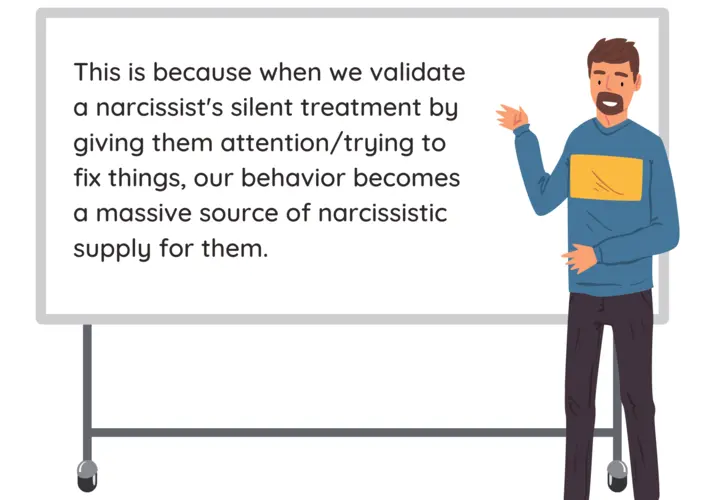
But when we ignore or give up on the narcissist’s silent treatment, we are no longer a source of narcissistic supply. So, it is common for the narcissist in our lives to end the silent treatment so they can abuse/manipulate us back into becoming a source of narcissistic supply.
Suggested Reading:
Narcissistic supply is the validation, admiration, reassurance, power, and control that narcissists get from their surrounding environment. Our article “What Is Narcissistic Supply?“ has a lot of helpful information about this but let’s take a closer look at how your response to the silent treatment could potentially give the narcissist in your life narcissistic supply.
Generally speaking, when someone experiences the silent treatment from the narcissist in their life, they try to get the narcissist to engage with them (i.e. “I am sorry if I did something wrong. Please tell me what I can do to fix this” or doing something that they know the narcissist does/doesn’t like just to get a reaction)
It is completely understandable why someone might try to get the narcissist in their life to engage with them during the silent treatment, but it is important to note that when this happens, they are providing them with all of the narcissistic supply that the narcissist needs.
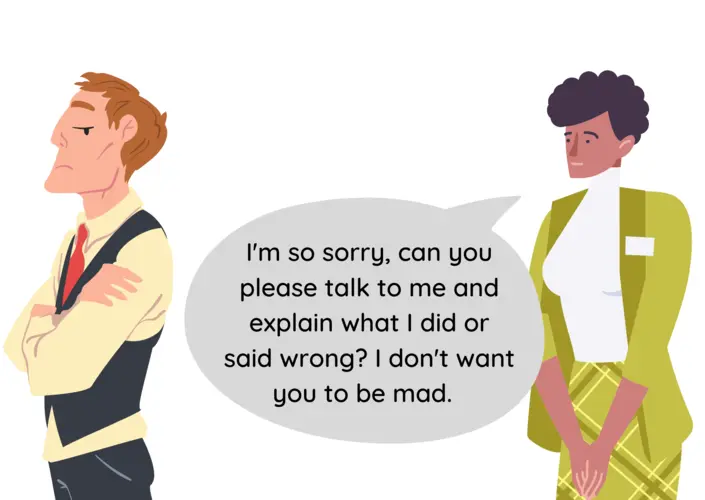
This is because when you give in to the silent treatment (i.e. try to get them to engage in a meaningful interaction with you), the attention you are giving the narcissist actually provides them with the validation, admiration, reassurance, power, and control that they were searching for.
Suggested Reading:
It is for this reason that using techniques such as the Gray Rock Method, Yellow Rock Method, or Firewall Method to restrain yourself from engaging in meaningful interactions with a narcissist who is giving the silent treatment is so important. Our article “How to Respond to a Narcissist’s Silent Treatment“ has a lot of helpful information about this.
5 Manipulation Tactics That Narcissists Use to End Their Silent Treatment
When a narcissist ends their silent treatment, they do not apologize and take responsibility for their behavior. Instead, they try to manipulate you into becoming a source of narcissistic supply.
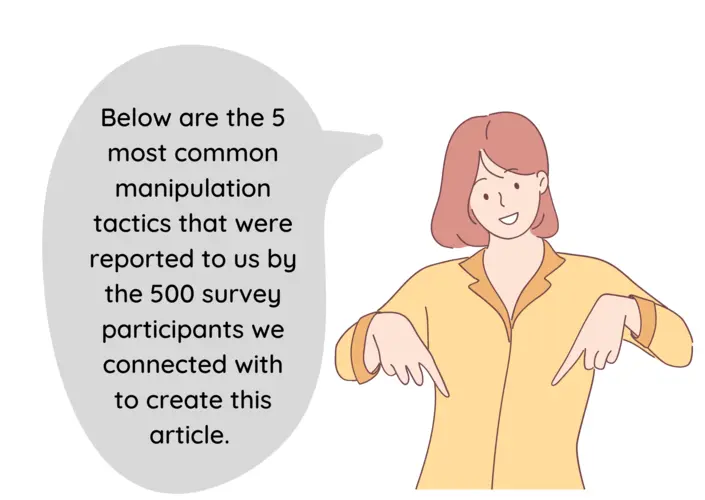
With that being said, you should be prepared to experience all of the manipulation tactics that narcissists are known to use to control and manipulate others. You can visit “Narcissistic Abuse” to find helpful information about all of the manipulation tactics.
Baiting
The term “baiting” is used to describe when an abusive/toxic person in your life says or does something manipulative to get you to engage in a negative interaction with them. When they get this negative interaction out of you, it gives them the opportunity to portray you in a negative light.
For example, if the narcissist in your life ended the silent treatment by saying, “You are the worst f*cking husband/wife, nobody should have to put up with your sh*t,” this would be considered a form of baiting.
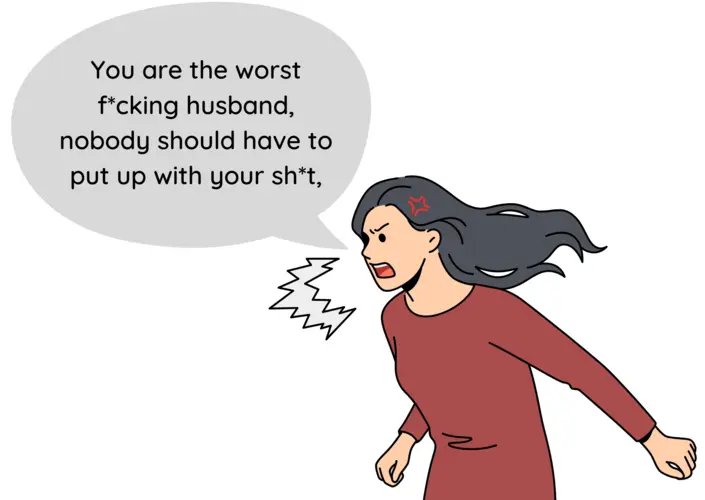
If you were to respond with, “F*ck you, I am not the one who sits like a child for days at a time giving me the silent treatment. You are a narcissist.” this would give them an opportunity to portray you in a negative light by saying, “Ha! So now we are name-calling huh? Good thing I got that all on video!”
Suggested Reading:
In this situation the narcissist would have likely only recorded your response and can now use that to discredit you to both themselves and others. Our article “How to Respond to Narcissistic Baiting“ has a lot of helpful information that you can use to prevent the narcissist in your life from using baiting to manipulate you into a negative interaction.
Narcissistic Rage
Narcissistic rage is an unpredictable, explosive, and unjustifiable response that narcissists often have when they experience a narcissistic injury.
Suggested Reading:
In our article “What Causes Narcissistic Injuries?“ there’s a lot of helpful information about this but narcissistic injuries are caused by contradictions to a narcissist’s falsified identity and grandiose sense of self. A simple example of this would be telling a narcissist, “I don’t know why you think you are so special because you aren’t. All you are is a miserable man/woman.”
When you ignore a narcissist’s silent treatment, it could trigger the painful thoughts, feelings, and emotions that narcissists have suppressed within themselves and cause a narcissistic injury. If the narcissist were to respond with rage, it could manifest in the form of physical abuse, sexual abuse, emotional/psychological abuse, and/or neglect.
Projection
The term “projection” refers to a defense mechanism that occurs when someone unconsciously takes parts of their identity that they find unacceptable and places them onto someone else. (e.g. Sarah, a woman who feels insecure about her femininity, projects her insecurities onto other women by mocking them for acting like men).
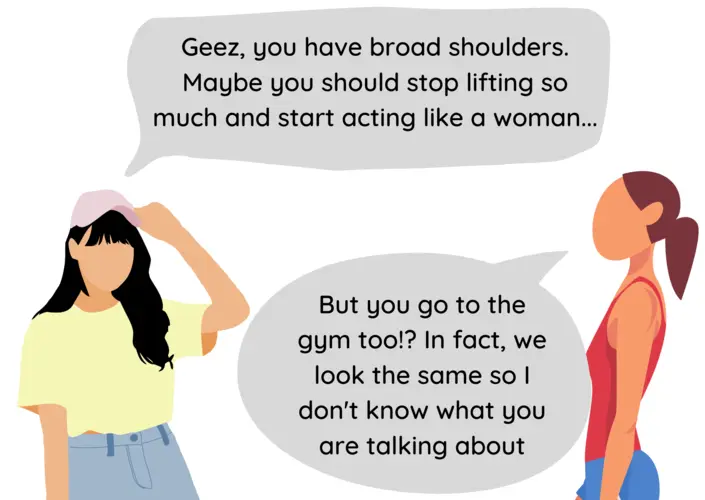
Do you remember the painful thoughts, feelings, and emotions that we mentioned in the previous section? Well, those are the parts of a narcissist’s identity that they find unacceptable. When you ignore or give up on the narcissist’s silent treatment, it could trigger these painful thoughts, feelings, and emotions, causing them to project them onto you.
Interestingly enough, narcissistic rage is actually one of the ways that projection can manifest. By invalidating, devaluing, degrading, humiliating, and dehumanizing you, narcissists can figuratively point their finger at them and think to themselves, “They are the unlovable, unwanted, inadequate, weak, and worthless ones, not me.”
Suggested Reading:
Our article “Why Do Narcissists Use Projection?“ has a lot of helpful information about narcissists’ inability to take responsibility for their own thoughts, feelings, and emotions. This causes them to over rely on projection to protect their emotional stability.
Self-Victimization and Passive-Aggressive Behavior
Self-victimization is casting oneself in the role of a victim and passive-aggressive behavior is a pattern of indirectly expressing negative feelings instead of openly addressing them. It is very common for narcissists to weaponize self-victimization and be passive-aggressive when breaking their silent treatment.
A simple example of this would be a narcissist saying, “Oh don’t worry about me. I know nobody loves me and I don’t want to ruin your day” and then playing loud music so you can’t feel comfortable inside your own home.
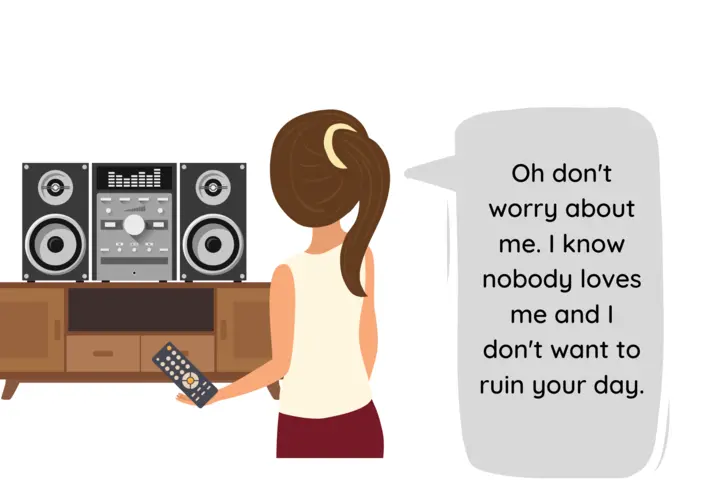
Their objective here is to get you to try to “fix” the relationship. They want the validation, admiration, reassurance, power, and control that comes from you taking responsibility for their manipulative behavior (i.e. the silent treatment).
Suggested Reading:
If you have children with a narcissist who is giving you the silent treatment, you should be prepared for them to attempt to communicate with you through them. We will speak more about flying monkeys in the next section but narcissists have been known to manipulate their children into doing their dirty work. Our article “Do Narcissists Use Children As Flying Monkeys“ has helpful information about this.
Flying Monkeys
A flying monkey is someone who a narcissist manipulates into helping them abuse another person. There are three types of flying monkeys that you need to be aware of.
The first type is a Manipulated Flying Monkey. They are created when a narcissist spreads demeaning lies about the person that they are abusing. These lies are designed to support the narcissist’s narrative that portrays the person that they are abusing as the abuser and themselves as the victim.
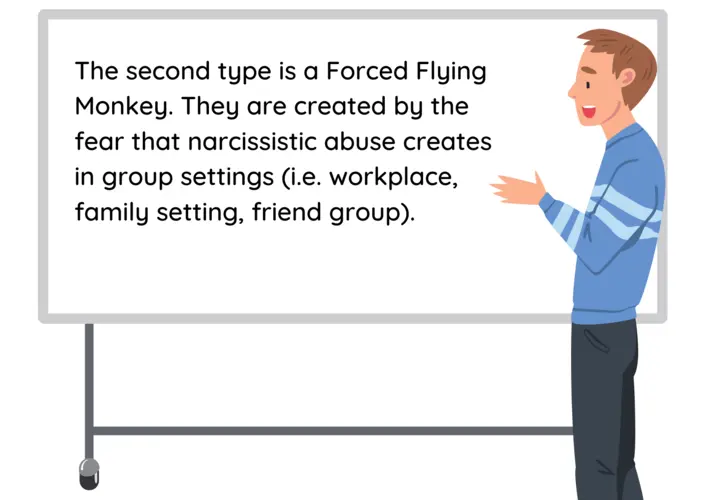
The third type is a Natural Flying Monkey. This is someone who becomes a flying monkey because they enjoy drama, toxic environments, and/or being abusive towards others. They don’t necessarily believe in the narcissist’s narrative and they aren’t scared of them either. They just enjoy the drama, toxicity, and abuse it creates.
Suggested Reading:
There’s helpful information about this in our article “How Do Narcissists Use Flying Monkeys?“ but you should expect the narcissist in your life to use flying monkeys to end the silent treatment.
What Should You Take Away From This Article?
A narcissist’s silent treatment can last hours, days, weeks, or even months.
If you are experiencing the silent treatment, it is very important that you don’t give in to their manipulation and prepare yourself for the powerful manipulation tactics that they will use to end the silent treatment. It won’t be easy, but preventing yourself from being a source of narcissistic supply is the best way to escape the abuse cycle.
About the Author

Hey, I’m Elijah.
I experienced narcissistic abuse for three years.
I create these articles to help you understand and validate your experiences.
Thank you for reading, and remember, healing is possible even when it feels impossible.
References:
SALMAN AKHTAR, M. D., and J. Anderson Thomson Jr. “Overview: Narcissistic personality disorder.” Am J Psychiatry139.1 (1982).
Campbell, W. Keith, and Joshua D. Miller. The handbook of narcissism and narcissistic personality disorder. Hoboken, NJ: John Wiley & Sons, 2011.
